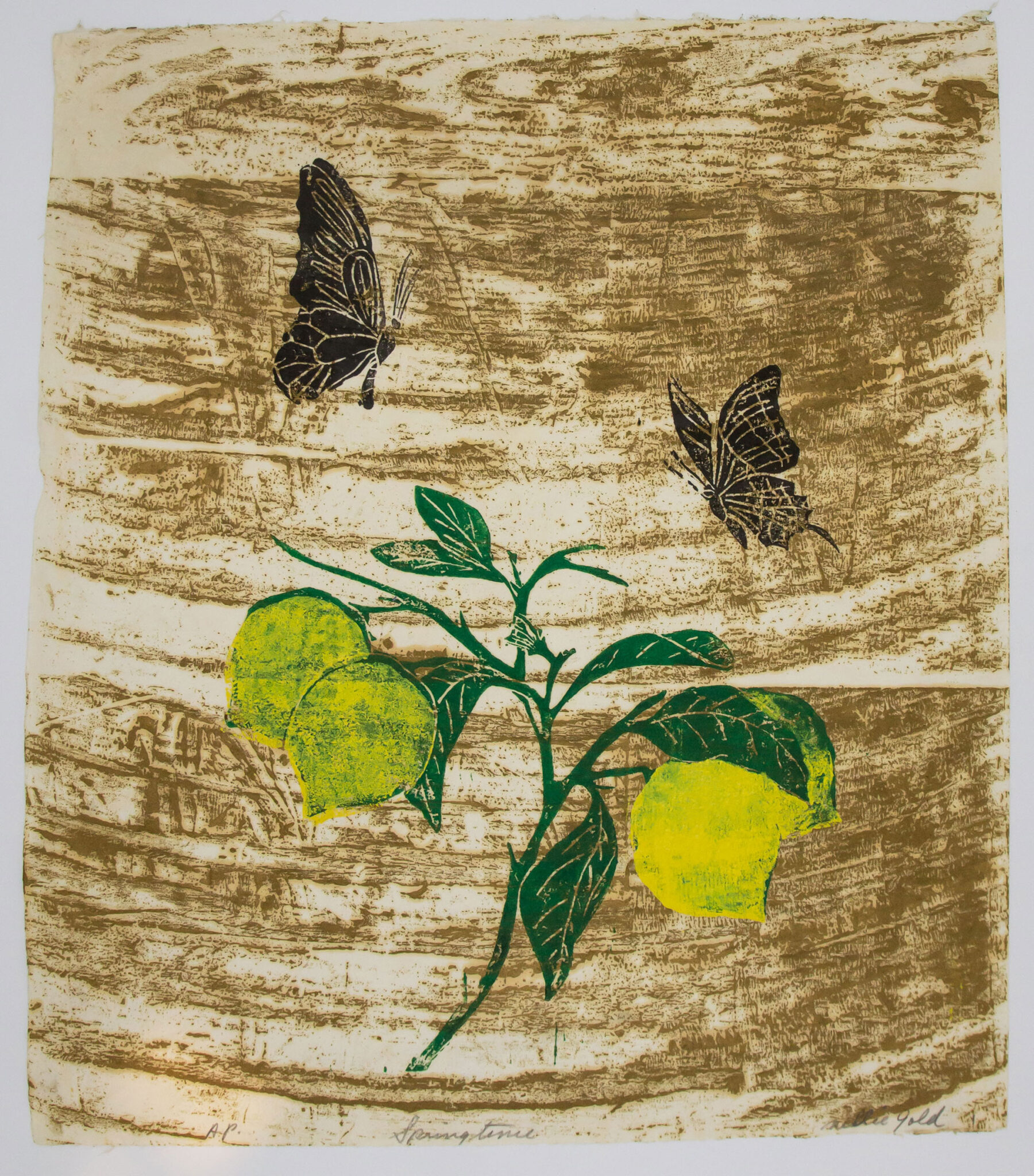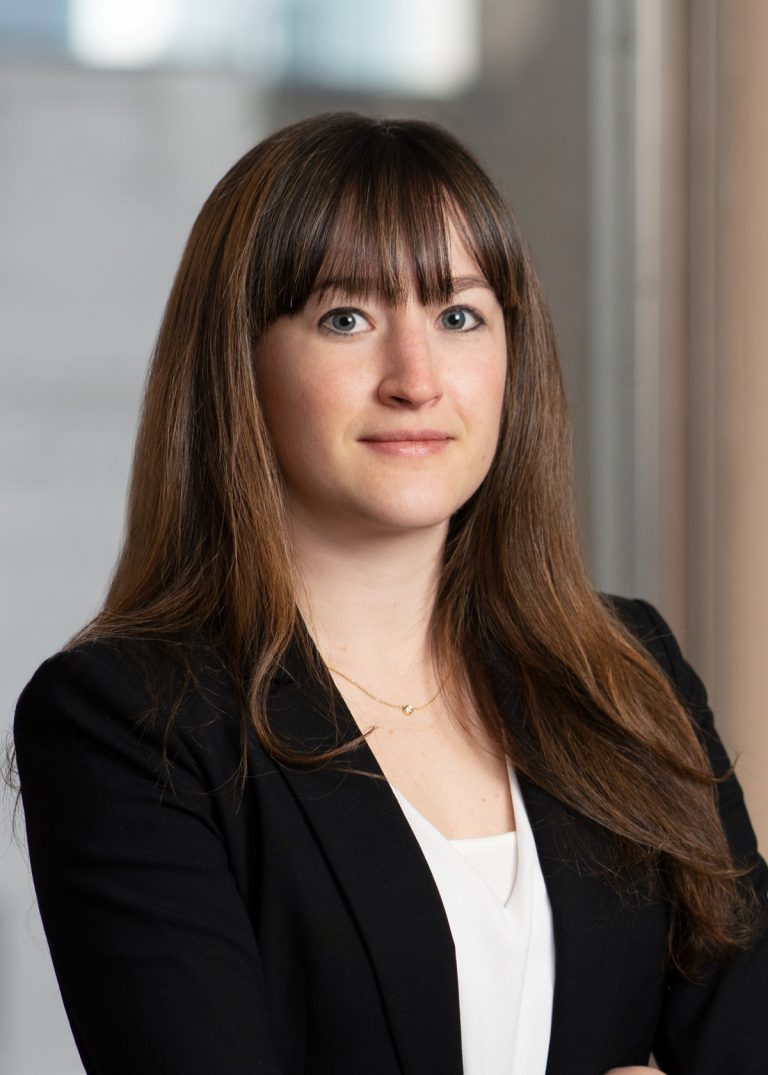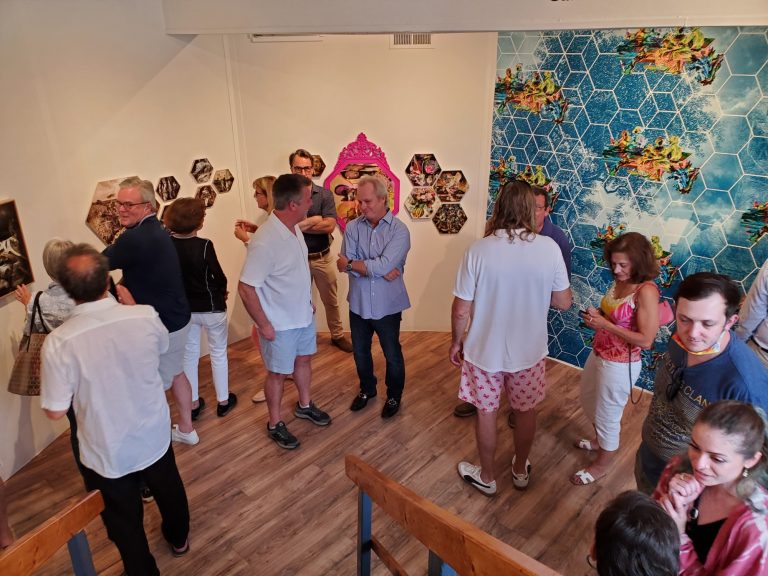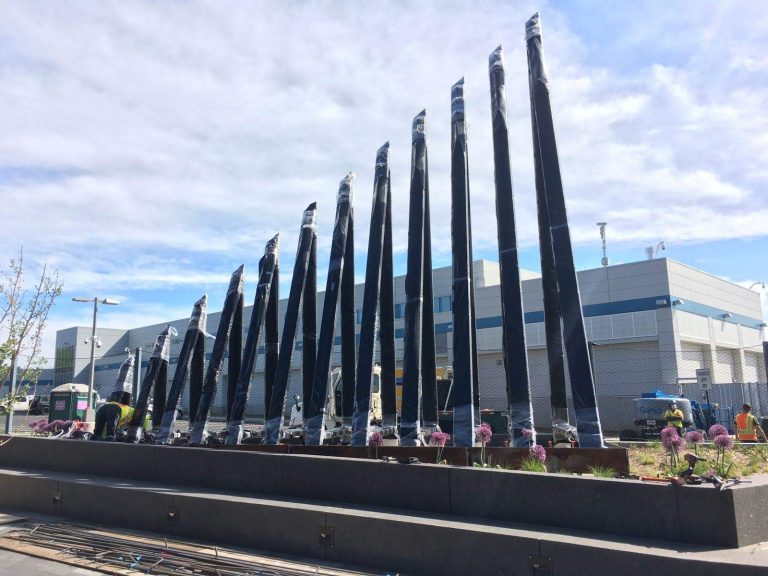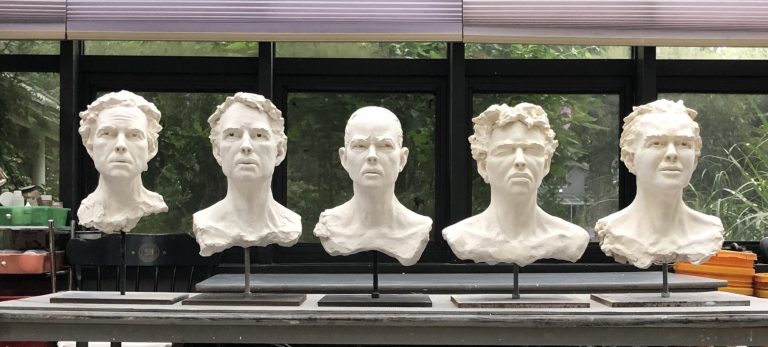Women Printmakers and Social Upheaval
Matrix: Prints by Women Artists, 1960–1990, on view at the Hudson River Museum (HRM) through April 2, explores the role that women played in evolving the democratic art form of printmaking.
The decades covered in the exhibition were ones of great social upheaval, and women artists employed printmaking to create accessible and affordable works as they tried to crack the male-dominated art world.
“You can only sell a painting once to a wealthy collector,” says Laura Vookles, chair of HRM’s Curatorial Department, who curated the show. “When you make prints, you can sell to a variety of clients.” The museum owns an extensive print collection, and in the 1970s even ran a printmaking workshop where two works in the show were produced.
The exhibition includes prints by several artists who went on to great fame, such as Faith Ringgold, Helen Frankenthaler, Grace Hartigan and Louise Nevelson, as well as others whose prominence waned but are again being recognized, such as Minna Citron and May Stevens. “This is one of the things we’re trying to redress,” says Vookles.
Some of the prints feature feminist messages, several quite overt. Ringgold, best known for her narrative quilts, is represented by 1971’s Woman Free Yourself, which uses the words of the title as graphic elements, coloring them purple and green and stretching and flipping them into a pattern.
May Stevens’s own father was said to inspire Big Daddy with Hats (1971), an image of a doughy naked man holding a bulldog in an American-flag tank top on his lap. Floating around the man’s head are six hats with paper-doll tabs, including what appear to be a Ku Klux Klan mask and an executioner’s hood.
Perhaps the best known—and most subversive—work in the show is a replica of a poster made by the Guerrilla Girls, an anonymous group of female artists who formed in New York City in 1985 to battle sexism and racism in the art world. The 1989 poster, which was plastered around the city, features the woman from Jean Auguste Dominique Ingres’s Grande Odalisque (1814) , her head replaced by a snarling gorilla mask. “Do women have to be naked to get into the Met. Museum?” the poster asks, quoting 1989 statistics: less than 5% of the artists in the Modern art sections were women, but 85% of the nudes were female.
“The Guerrilla Girls appear in public with their gorilla masks on,” says Vookles. “They feel there is power in anonymity.” To this day, their identities are not revealed until after they die.
Prints also became a way for women to express their cultural heritages. Nitza Tufiño, a founding member of the Taller Boricua, an artist collective also known as the Puerto Rican Workshop, uses Pre-Columbian imagery to express her identity. This can be seen in two works in the exhibition, 3rd Street Music School (1973) and Atabey (1968). Bold, colorful and sharply graphic, Julia Santos Solomon’s 1988 silkscreen Palma Real recreates the feeling of walking through a tropical forest on a sunny day. Luanda Lozano’s Dominican heritage features strongly in her woodcuts of sugarcane planting. In Gagá (1990), four ghostly figures scratched onto a black background swing machetes in a field. On March 26, Lozano will offer a monoprint workshop, which will be conducted in both English and Spanish.
“I really wanted to do something with women, since our rights are under attack,” Vookles says. “The show looks back at a period when women artists were asserting their powers of creativity and self-determination.”
Featured Image: Nellie Gold (American, 1921–2002). Springtime, ca. 1973. Woodcut. Collection of the
Hudson River Museum (2021.0.012). © Nellie Gold.
 1978. Screenprint (edition 50/100). Gift of Mr. John Rosenthal, 1981 (1981.10.5t). © Estate of Chryssa. | 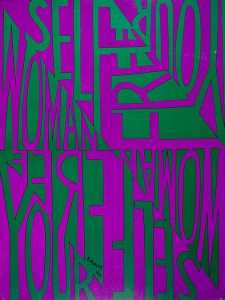 Courtesy of ACA Galleries. | 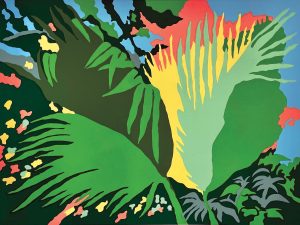 Silkscreen. Private Collection. |
About Michelle Falkenstein
Michelle Falkenstein writes about culture, food and travel. Publications include The New York Times, Journal News, Albany Times Union, ARTnews Magazine and (201) Magazine

